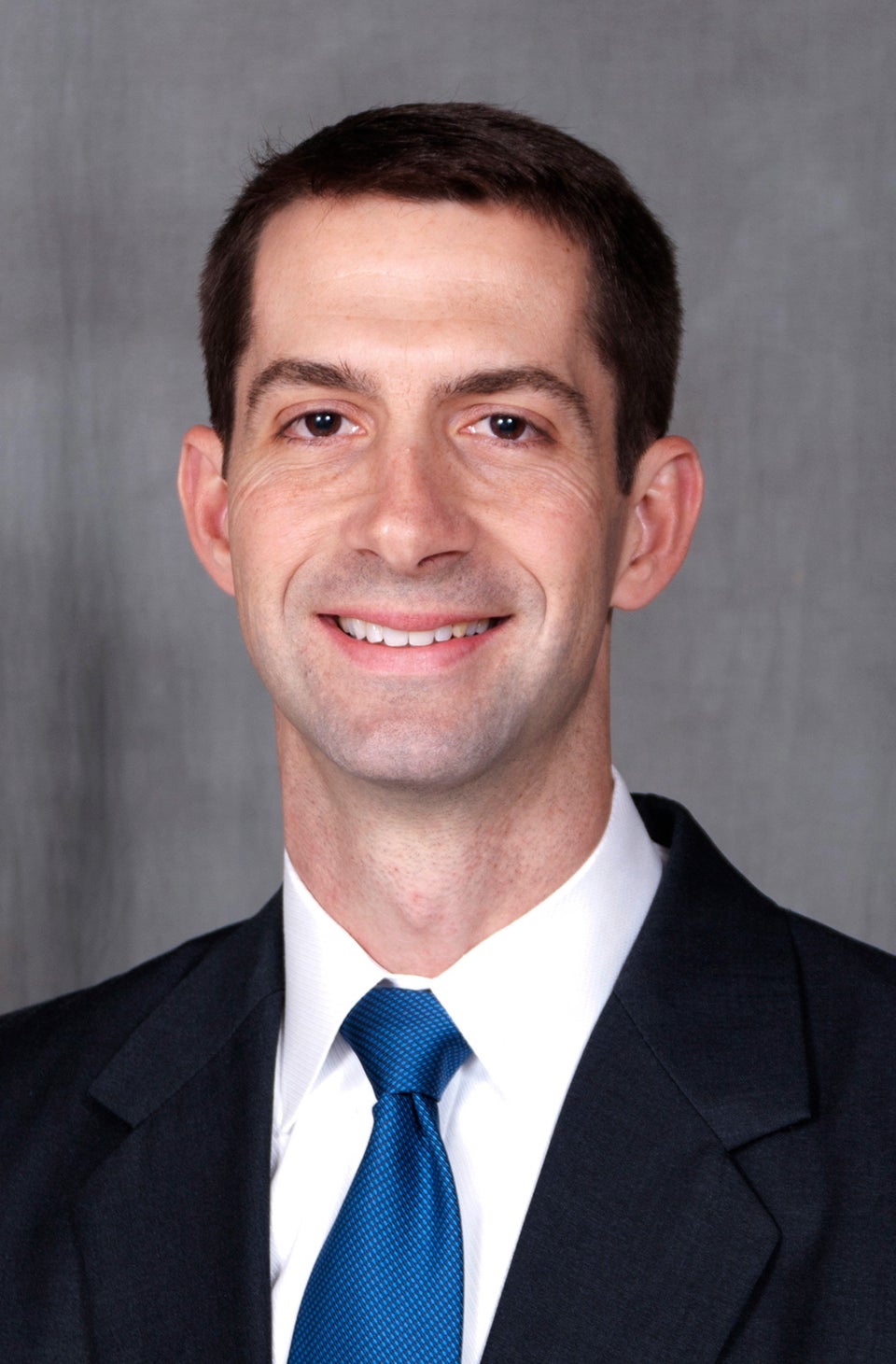Despite the constantly gloomy rhetoric about the state of America's schools, U.S. students are steadily improving by at least one metric -- for the first time, the nation is making enough progress in graduating from high school to reach the goal of 90 percent graduation by 2020, according to a new report to be released Monday.
"This is our fourth annual update," said John Bridgeland, an author of the report, titled "Building a Grad Nation." "Previously we've been able to focus on school districts making double-digit gains but we always have to pivot and say the pace of progress is too slow. Now, we have hopeful news."
The report will be released by America's Promise Alliance, an advocacy group founded by Colin and Alma Powell. "We're cautiously optimistic," Bridgeland said. "The pace of progress really rocketed forward right at a time when high school reform efforts were strongly under way."
Graduation rate trends matter because dropouts without a high school or college diploma face an increasingly tough job market. But while the progressing high school graduation rates show promise, they're not enough to push students all the way through the finish line at the end of college. Though more students may be graduating high school, fewer than half of those in the class of 2012 were "college ready," according to the College Board last fall. This means that without changes in the rigor of high school and the significance of a high school diploma, it will be hard for the nation to achieve President Barack Obama's aspirations to increase the number of America's graduates by 50 percent by 2020.
The gains in graduation rates have been driven largely by minority students in large, Southern states: Between 2006 and 2010, African-American students saw a 6.9 percent increase in graduation rates, and Hispanic students had a 10.4 percent increase.
In the Davis Guggenheim documentary "Waiting for Superman," Americans learned about "dropout factories," high schools where fewer than half of all students graduated on time. Bob Balfanz, a Johns Hopkins University professor, coined that term -- and in the report out Monday, he found that the number of "dropout factories" has declined. In 2011, according to the report, there were 583 fewer such schools than there were in 2002. "The schools have gotten better, and some have closed," Balfanz said.
In 2002, half of African-American high school students were attending schools "where graduation was not the norm," Balfanz said. Now, that number is down to 25 percent.
Most dropout factories, Balfanz said, become that way because they have a high concentration of needy students but aren't designed to serve them well. So classrooms can get unmanageable, schools become chaotic, and teachers don't stay. "You have the highest-need kids with a constantly shifting set of adults that don't have enough person power to make it work," he said. So students fail ninth grade and are told to repeat the same thing, and often drop out instead.
Over the last few decades, advocates saw this cycle playing out in Portland, Oregon's toughest schools. So what was supposed to be a one-week basketball camp turned into Self-Enhancement, Inc., a non-profit organization described in the report. Coordinators and supervisors work with at-risk students to show them why graduation is important -- and according to one evaluation, 97 percent of the group's students graduated from high school. Each student has an "Individual Success Plan," after-school programming, and a supervisor who is always on call.
Aanen Trelstad works with 30 high school juniors and seniors at Jefferson High School in Portland. "As good a job as the teachers can do, they leave them when they leave the classroom," he said. "That's where we pick them up." Trelstad focuses on out-of-classroom issues, such as coaching a kid whose mother is an alcoholic sick with cancer and "lives in a very dark place." The boy "brought some of his baggage to school," Trelstad said, but after making school a priority, he saw his first grade improvement in over two years and is now fully on track to graduate.
Said Trelstad, "He realizes that the actions he has [in front of him] now will pave the way for what he does for the next 50 years."
